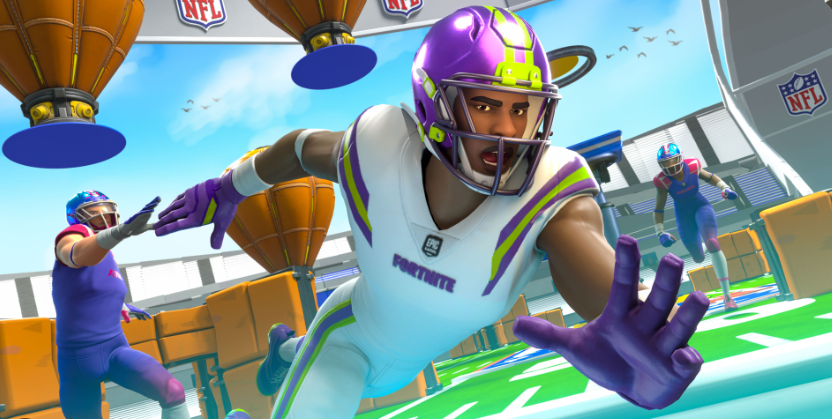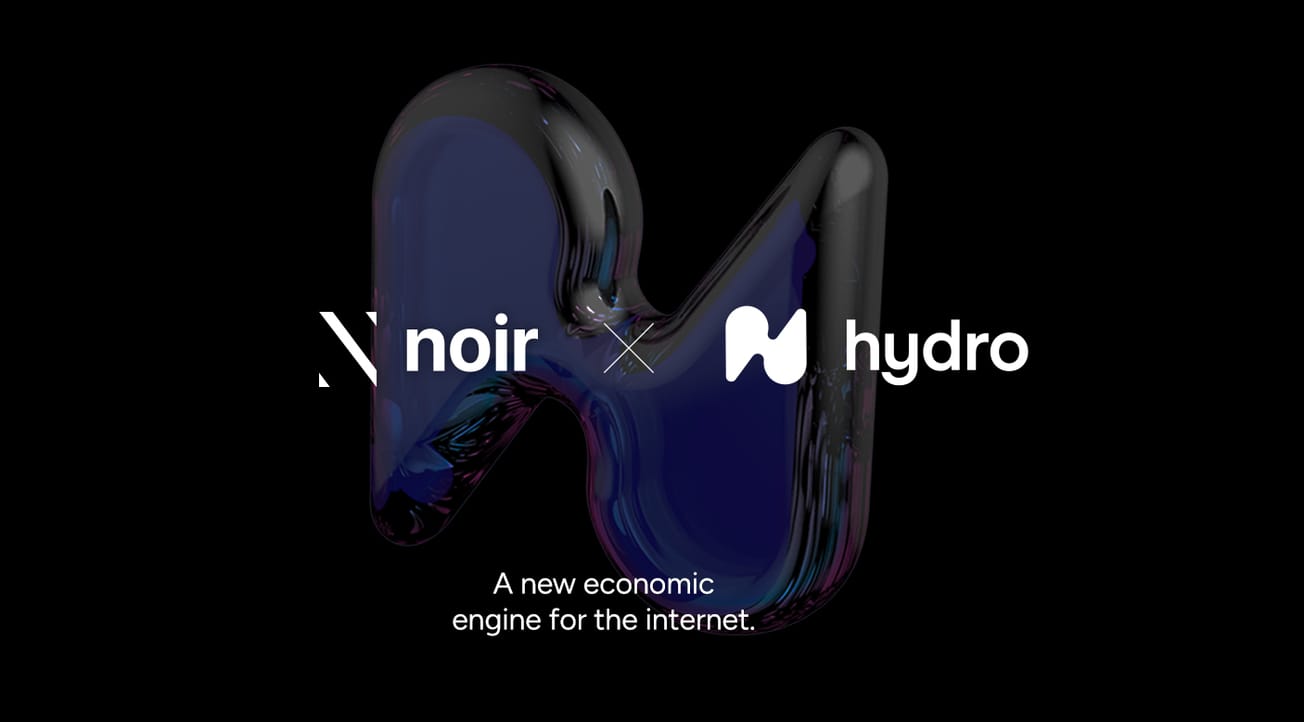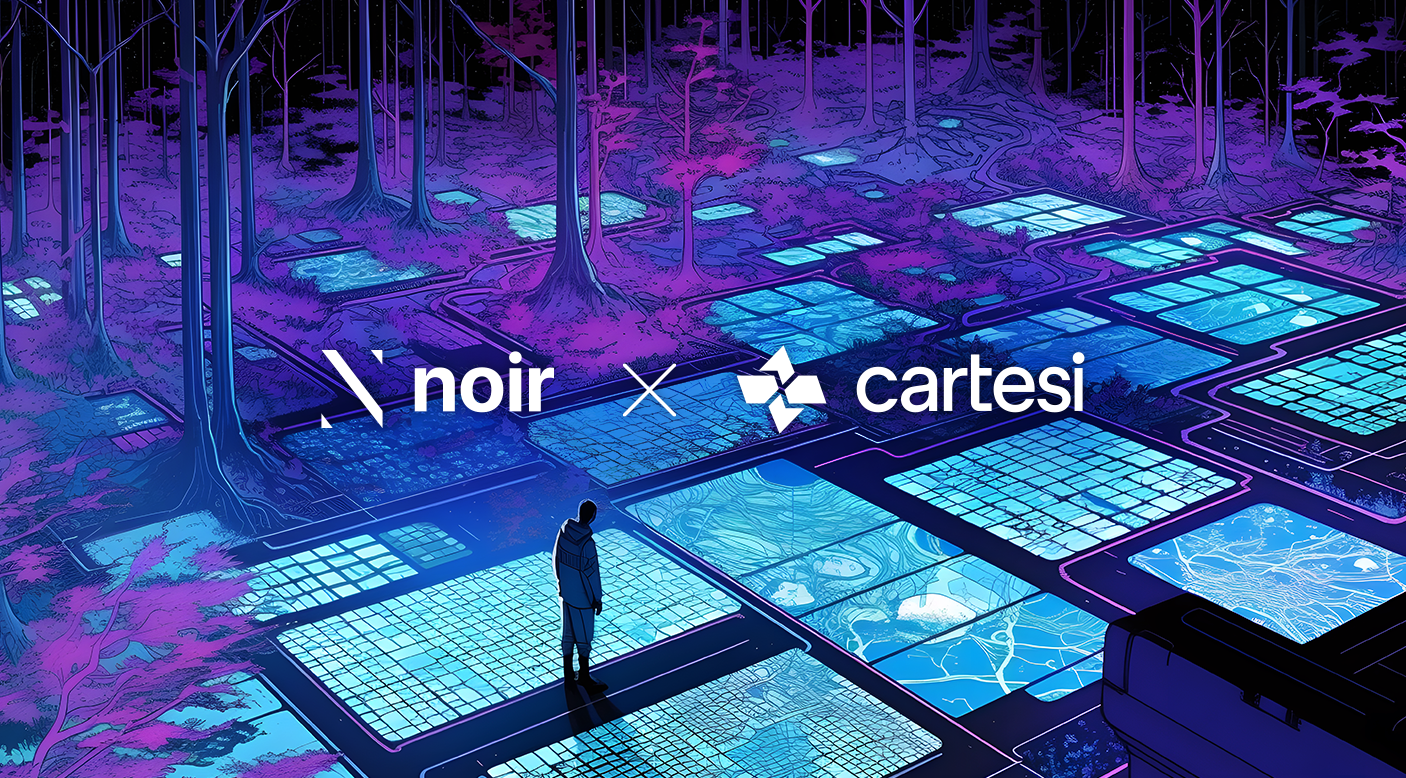The metaverse is poised to level-up gaming. Coupled with the advent of blockchain-based gaming experiences making use of ‘play-to-earn’ (P2E) models, plus NFTs to secure ownership of in-game assets, the gaming sector is set to expand even further beyond the existing 3 billion gamers today.
This could offer new sustainable revenue models for game development companies and new opportunities for gamers to earn money from their passion.
The Metaverse: Connecting and Onboarding Gamers into New Systems
While the play-to-earn model has proved unsustainable in the long-run, it will no doubt evolve into something more inclusive with a lower barrier-to-entry that might see gamers able to earn money from gaming, free of charge.
These P2E models have digital assets—like playable characters or usable cards—as NFTs. This allows them to be held in a user’s private, digital wallet and resold on secondary markets. They can also potentially generate yield through other gamified mechanics, depending on the specific game in question.
As the metaverse makes systems more interoperable and these gaming ecosystems become useful platforms for social connection—especially in VR—the metaverse could see those not native to NFTs and cryptocurrencies on boarded into Web3 gaming ecosystems, especially as NFTs are believed by some to be a standard of the metaverse for digital ownership.
MR Gaming—The Future?
Mixed Reality (MR), a combination of VR and AR, also has the potential to make gaming experiences more immersive by tenfold. Half-Life Alyx, a VR-based first-person shooter game through users into the dystopian world of Half Life.
Created by Valve—the company responsible for gaming mega giant Steam—Alyx received rave reviews and nearly top marks from most.
As this technology becomes more available and Epic’s Unreal Engine becomes more advanced, virtual reality games might become near-indistinguishable from real life experiences.
Being able to explore abandoned, haunted asylums with your friends risk-free is something that will change gaming as we know it, offering near true immersion and social connection on new levels.
AR is also expected to improve real-life games, including physical sports, chess, and more. These games could be changed drastically, as wearable goggles will present virtual overlays over physical objects in real time.
Users could even analyze a chess-game, with the engine’s results providing deep information about an ongoing game between pros. If these wearables became as lightweight as contact lenses, maybe they could even be used to cheat; it would be a lot less invasive than a butt plug, and much more stylish.
Connecting the Competition
As the next generation of the internet, the metaverse will make us more connected globally than ever before. Underlying 5G technologies and the rapid transmission of large data bands will also make gaming more connective and more competitive.
It wouldn’t be surprising to see the esports industry, currently valued at $1.4bn dollars, continually grow in the metaverse thanks to these improvements in data transfer and improved MR wearables.
We might even see the line between sports and esports further blurred, as physical sports evolve and become digitized, or as olympic athletes practice fencing and archery using VR goggles. Esports and sports might not be so different after all.
Verdict
Just like every other sector, the metaverse and its foundational technologies will no doubt change the gaming industry for the better.
Set to make us more connected in more immersive, virtual worlds, hopping on a game with your friends across the world will be even easier than it is in today’s age.
Moreover, new gamified experiences will be opened up by the advent of these technological improvements, and even sports might see significant changes in the coming decades. Maybe we’ll be seeing VR games at the Olympics in 2032.










